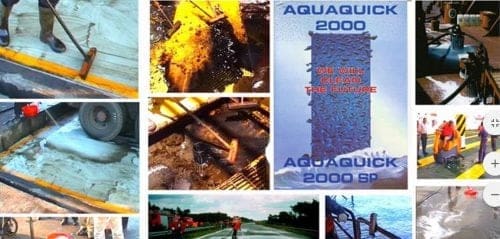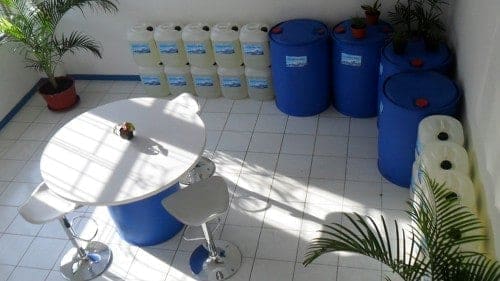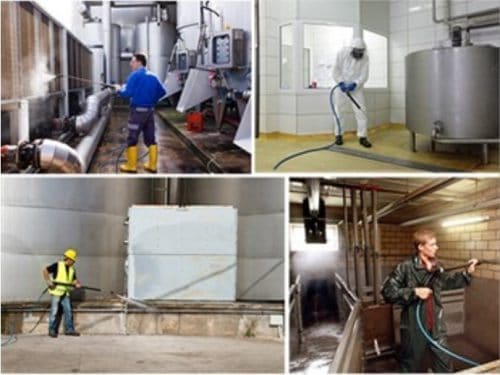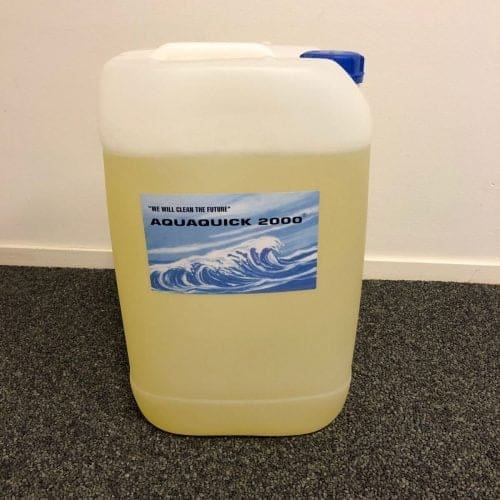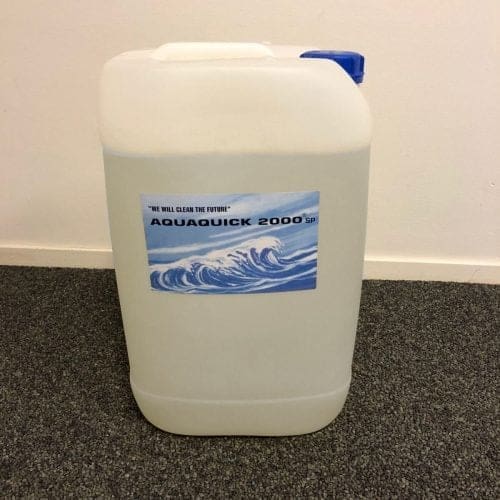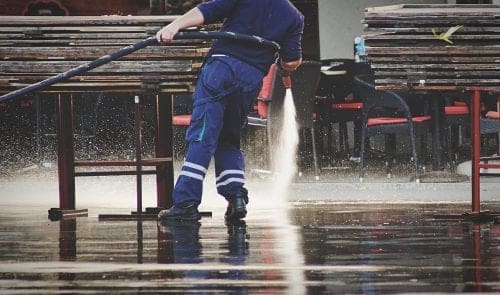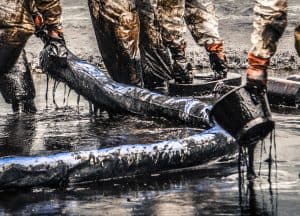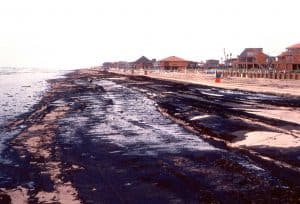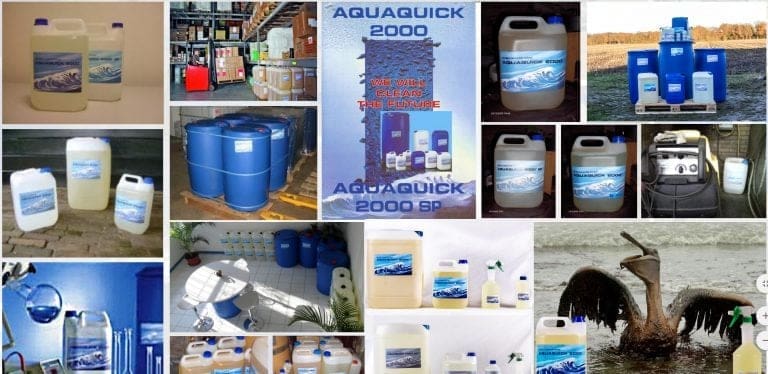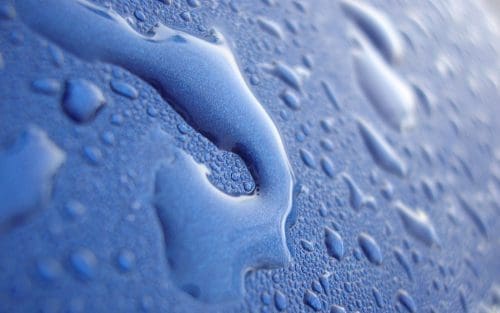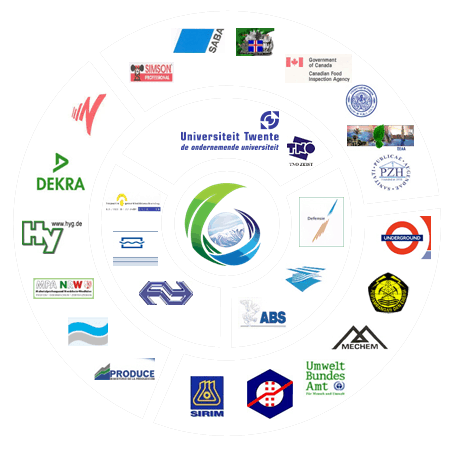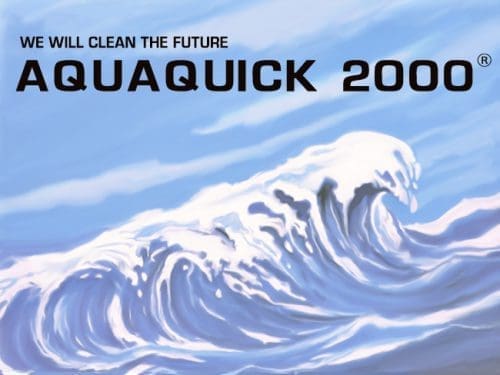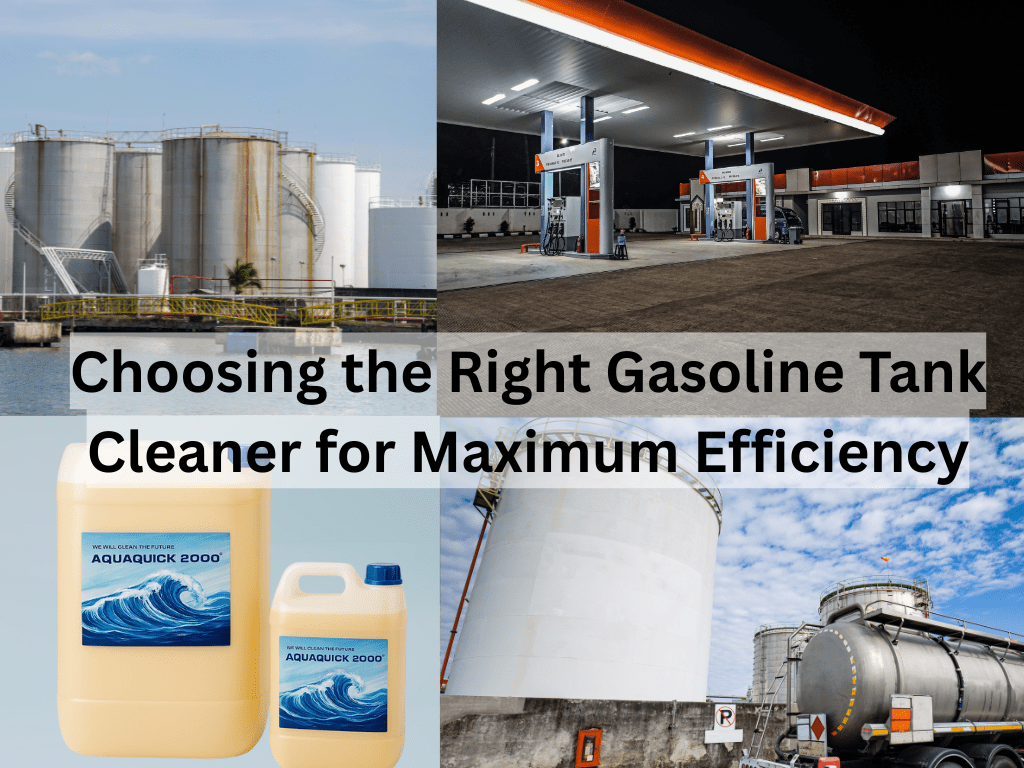Whether you’re operating a fuel station, maintaining a fleet, or restoring an old vehicle, using the right gasoline tank cleaner is critical for safety and performance. Over time, gasoline tanks accumulate sludge, varnish, and rust—contaminants that can severely affect fuel quality and engine efficiency.
This buildup doesn’t just reduce tank capacity—it can also clog filters, corrode metal surfaces, and cause costly mechanical issues.
Why Gasoline Tanks Need Regular Cleaning
Gasoline is volatile, and its storage requires care. As fuel degrades or gets contaminated with water and dirt, sludge begins to form at the bottom of the tank. If not cleaned periodically, this sludge can:
- Damage fuel pumps and injectors
- Cause poor combustion
- Lead to higher maintenance costs
Using a powerful gasoline tank cleaner helps break down these deposits and restore the tank to optimal condition.
Methods for Cleaning Gasoline Tanks
There are several ways to clean a gasoline tank:
- Handmatig reinigen: Draining the tank, scrubbing it with a brush or broom, and using cleaning solutions.
- Hogedrukreiniging: Using up to 3500 PSI to dislodge heavy sludge without damaging tank coatings.
- Flushing Systems: Circulating cleaner through the tank multiple times to lift contaminants.
- Sprinkler-Based Systems: Such as the Butterworth system, for even cleaner distribution inside large tanks.
AQUAQUICK 2000 – A Safe and Effective Gasoline Tank Cleaner
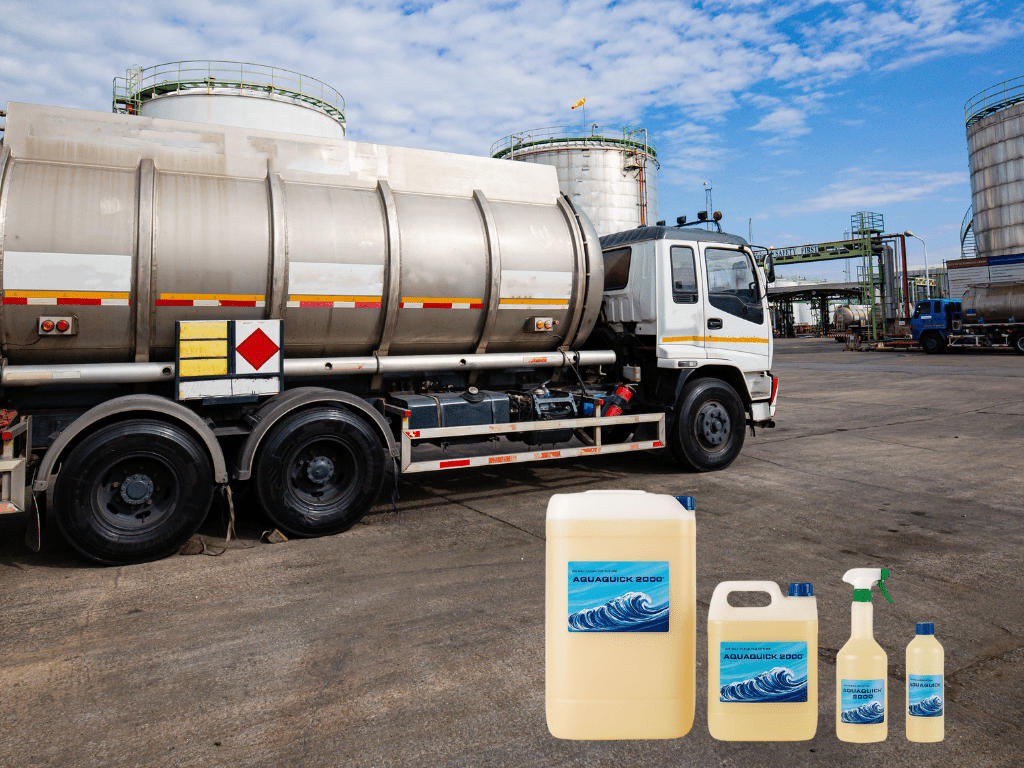
AQUAQUICK 2000 is an ideal gasoline tank cleaner that simplifies the entire process. It’s engineered to break down sludge and hydrocarbon residues effectively—even in the most stubborn tanks. Thanks to its non-corrosive, coating-safe formula, it doesn’t harm the internal lining or structural integrity of the tank.
What makes AQUAQUICK 2000 stand out is its ability to work under heat and pressure. The cleaner becomes more effective at higher temperatures—above the sludge’s melting point—transforming hardened waste into liquid that can be easily flushed or sucked out. Think of it like turning a thick peanut butter milkshake into a drinkable liquid by adding hot milk.
For tough buildup, a dilution ratio of 1:15 or 1:25 is recommended. Lighter dilutions (1:50) should be avoided for heavy sludge, as they may not yield effective results.
Conclusie
Using the right gasoline tank cleaner is about more than just cleanliness—it’s about ensuring long-term tank integrity, fuel quality, and system efficiency. AQUAQUICK 2000 offers a powerful, eco-friendly solution that breaks down sludge and residue without compromising safety. Whether you’re flushing, jetting, or manually cleaning, this product delivers professional-grade results for all your gasoline tank maintenance needs.

